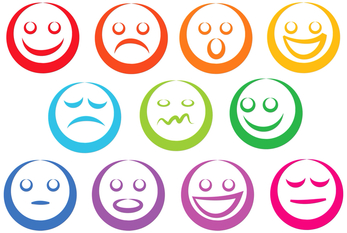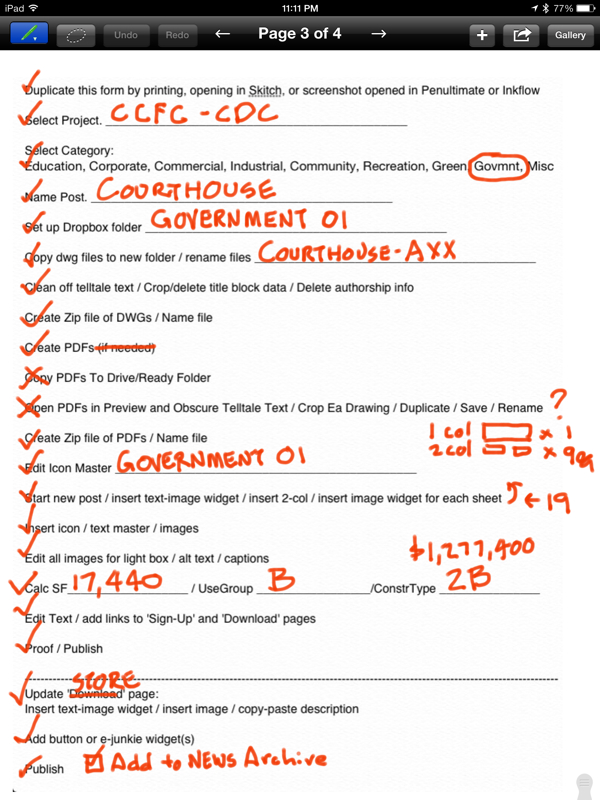|
Getting more than intended from software. Before I ever bought a computer, I attended a seminar given by Paige Highfill for fellow architects. The topic was how to incorporate computers into your practice. It was 1983, so we weren't talking about CAD. CAD systems then cost $200,000. No one who bought one of those systems ever got their investment back by doing architecture with it. We were there to learn how you could take three Radio Shack programs, Scripsit, VisiCalc, and Profile, and use them to create standard notes, track billable time, and create a project-based accounting system.
Those three programs, which were on floppy disks using a computer with 128k of RAM (we were cavemen), were a word processor, an electronic spreadsheet, and a database. They weren't 'designed' to do any of the things that were being demonstrated. The key, we learned, was to understand the personality of the program so that you could set it up to do things that were useful to you. These weren't likely to be things that the program designers had ever considered. Amazingly, after three decades, the lesson about understanding the personality of software still is useful. You often find features in a program that are intended for one use, but many other uses are possible. Here's an example using Nozbe. Nozbe is a very nice task manager that I have mentioned several times and used to use. Nozbe offers a free account, but it limits the number of projects that you can have to five. As a designer you need more projects than that. Although Nozbe limits projects, you can have as many 'contexts' as you want. A context is intended to be a place or situation where tasks from multiple projects can be addressed. For instance you might have an 'automobile context' that you use to tag tasks that are errands. Or you might have an 'EOM context' for tasks that you need to do at the end of each month. The personality of contexts is to be a tag or qualifier for a task. So a way to use a free Nozbe account to manage tasks on dozens of projects is to give all the tasks of one project the same tag, say the project name. Clicking the tag gives you the same information as if you had clicked a project. Since each task can have more than one context, you can still use contexts as intended. Basecamp also limits projects, so use one 'project' for all projects. Use separate ToDo lists and Discussions for each real project using an ID to start each ToDo list or Discussion to distinguish it from the others. Basecamp is intended to manage projects but you can manage a club or similar group just as easily - a forum, an AIA Chapter, etc. I use Inkflow largely as Qrayon envision. One undocumented use I make of it is to use it an electronic checklist. One of Inkflow's features is the ability to give your pages a stationery underlayment. They provide ruled lines and a grid, but they also let you create your own 'watermarks' by importing a photo. If you take a screenshot of a checklist that you want to use over and over, just import it as 'stationery' and you have an unlimited supply of the checklist. See below. I think that once you start looking at programs in this way you will start to see ways that you can 'hack' them to get more value than was intended. Comments are closed.
|
x
Archives
February 2024
Categories
All
|
Architekwiki | Architect's Resource | Greater Cincinnati
© 2012-2022 Architekwiki
© 2012-2022 Architekwiki









